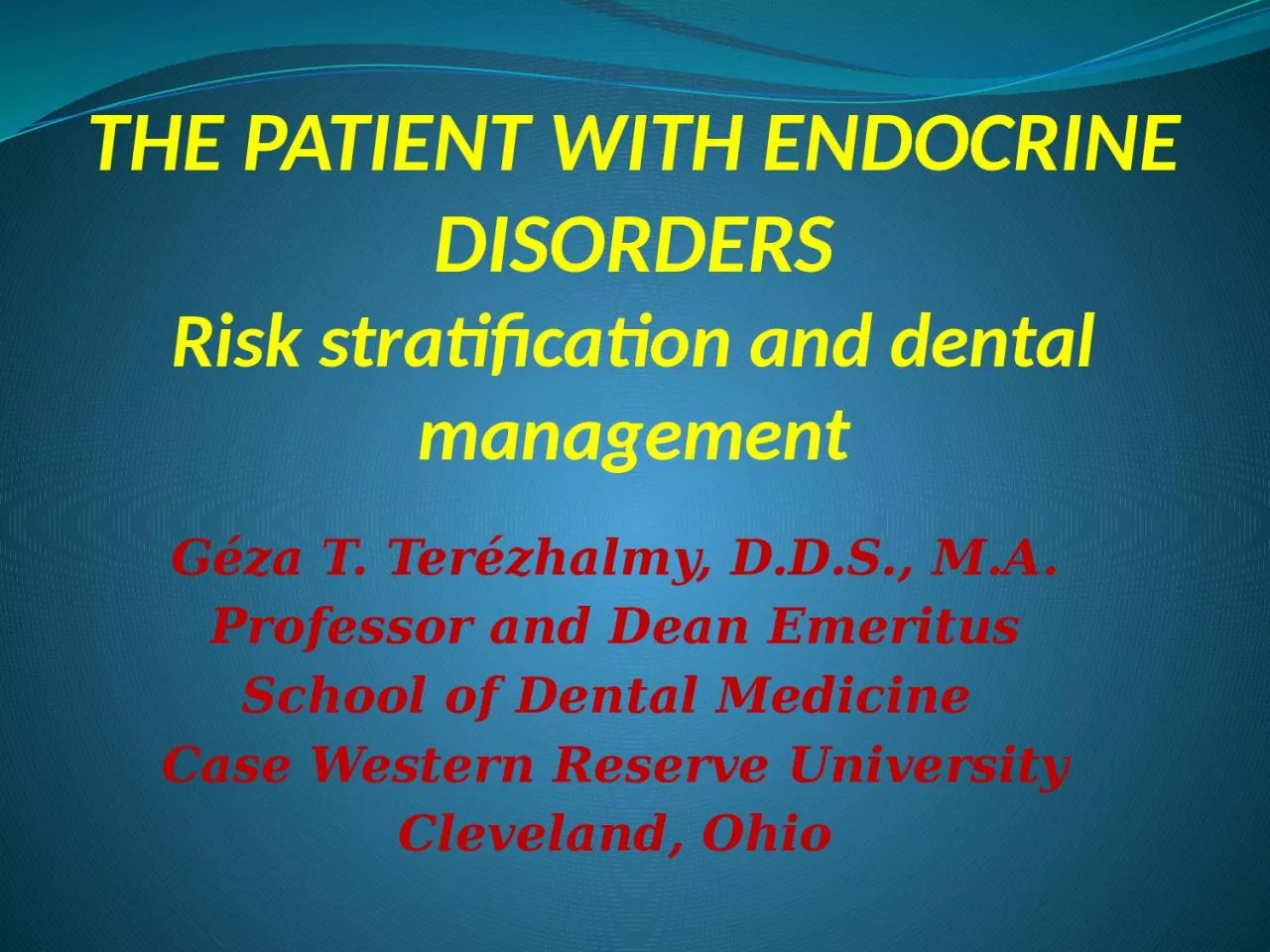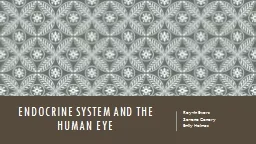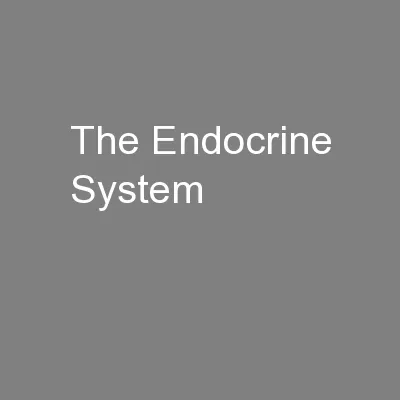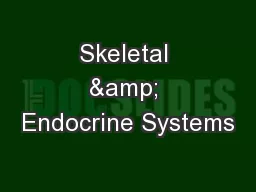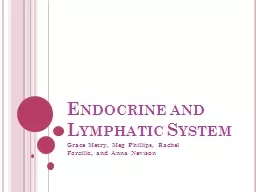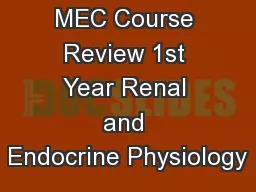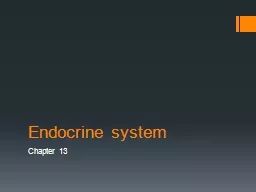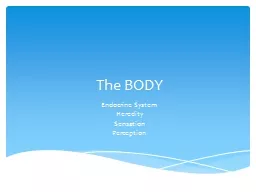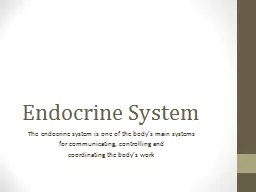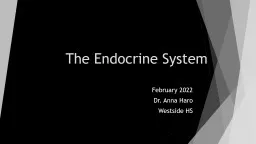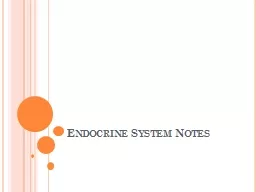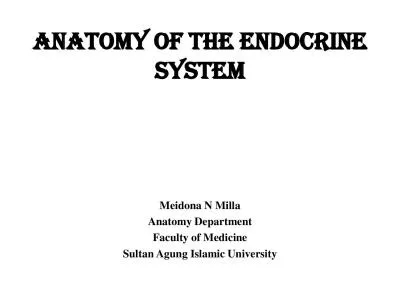PPT-THE PATIENT WITH ENDOCRINE DISORDERS
Author : udeline | Published Date : 2022-06-11
Risk stratification and dental management Géza T Terézhalmy DDS MA Professor and Dean Emeritus School of Dental Medicine Case Western Reserve University Cleveland
Presentation Embed Code
Download Presentation
Download Presentation The PPT/PDF document "THE PATIENT WITH ENDOCRINE DISORDERS" is the property of its rightful owner. Permission is granted to download and print the materials on this website for personal, non-commercial use only, and to display it on your personal computer provided you do not modify the materials and that you retain all copyright notices contained in the materials. By downloading content from our website, you accept the terms of this agreement.
THE PATIENT WITH ENDOCRINE DISORDERS: Transcript
Download Rules Of Document
"THE PATIENT WITH ENDOCRINE DISORDERS"The content belongs to its owner. You may download and print it for personal use, without modification, and keep all copyright notices. By downloading, you agree to these terms.
Related Documents

